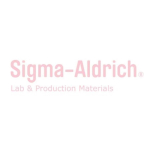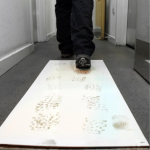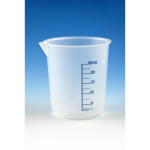Application
Research CategoryStem Cell Research
Components
Dexamethasone Solution: (Catalog No. 90357) One vial containing 100 μL of 10 mM Dexamethasone in ethanol. Store at -20 °C.IBMX Solution: (Catalog No. 90355) One vial containing 250 μL of 0.5 M 3-isobutyl-1-methylxanthine (IBMX) in DMSO. Store at -20°C.Insulin Solution: (Catalog No. 90356) Two vials containing 250 μL of 10 mg/mL recombinant human insulin. Store at -20°C.Indomethacin Solution: (Catalog No. 2003626) Three vials containing 1 mL of 10 mM Indomethacin in methanol. Store at -20°C.Oil Red O Solution: (Catalog No. 90358) One bottle containing 60 mL 0.36% Oil Red O Solution in 60% isopropanol. Store at room temperature.Hematoxylin Solution: (Catalog No. 2003732) One bottle containing 50 mL Hematoxylin. Store at room temperature.
Disclaimer
Unless otherwise stated in our catalog or other company documentation accompanying the product(s), our products are intended for research use only and are not to be used for any other purpose, which includes but is not limited to, unauthorized commercial uses, in vitro diagnostic uses, ex vivo or in vivo therapeutic uses or any type of consumption or application to humans or animals.
General description
Introduction:
Excessive weight gain and obesity pose significant health challenges to many industrialized nations. Many metabolic disorders associated with cardiovascular diseases such as diabetes and atherosclerosis are directly linked to the increased production and size of adipose cells. Understanding the molecular mechanism that underlie adipogenesis, the process by which adipose or fat tissue is formed, is thus of critical importance. Elucidation of the steps involved in adipogenesis, including terminal differentiation, have been facilitated in large part by the development of pre-adipocyte cell lines such as the Swiss 3T3-L1 mouse model (Please refer to CHEMICON™′s Adipogenesis Assay Kit, Catalog No. ECM950). However using these model systems to study some of the earliest events in cellular differentiation are problematic as these cells are already lineage-restricted and pre-determined to become adipocytes.
Stem cell technology, particularly embryonic stem cells and/or mesenchymal stem cells offer attractive alternative sources of adipocytes for tissue culture studies and for the biochemical dissection of the earliest steps involved in adipose cell determination. Mesenchymal stem cells are multipotent progenitor cells that have the capacity to differentiate into several mesenchymal cell lineages, including bone, cartilage and fat.
Millipore′s Mesenchymal Stem Cell Adipogenesis Kit contains reagents that readily differentiate mesenchymal stem cells to an adipogenic lineage as assessed with Oil Red O staining of lipid vacuoles in mature adipocytes. These factors include dexamethasone, IBMX, insulin and indomethacin. Along with Oil Red O staining solution, a hematoxylin solution is provided to counterstain the cell nucleus.
Using Millipore′s Mesenchymal Stem Cell Adipogenesis Kit, we typically obtain >30% mature adipocytes from the rat bone marrow derived mesenchymal stem cells











